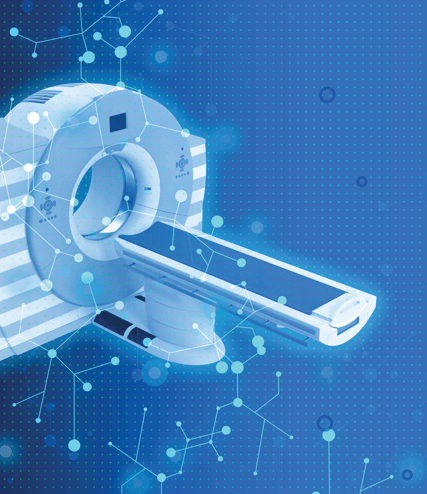Screening for these four diseases could save your life.

During the COVID-19 pandemic, many people put off cancer screenings due to concerns about contracting the virus. But COVID-19 vaccinations are increasing, and health care facilities have taken steps to minimize coronavirus exposure and keep patients safe. Delaying important cancer tests can have potentially devastating consequences.
“It’s important to get recommended screening tests even if you are not experiencing any particular symptoms,” says Malini Patel, MD, Director of Medical Oncology at the Cancer Center at Robert Wood Johnson University Hospital (RWJUH) Hamilton. “Screening can detect cancers at early stages, which makes them easier to cure and treat. When people start experiencing symptoms, cancers may be at a more advanced stage that makes these diseases more challenging to control.”
If you’ve put off an important screening, it’s time to schedule that appointment. Here’s what you need to know about screenings for four of the most commonly diagnosed cancers in the United States.
Breast
Type of Test:
When to Get It:
Women ages 40 to 44 have the choice to start annual screenings; women ages 45 to 54 should have mammograms every year; women 55 and older can switch to every other year or can continue yearly screening. Women at high risk for breast cancer because of factors such as a family history should have a mammogram every year beginning at age 30. This includes women who have a specific gene mutation (BRCA1 or BRCA2) or who have had radiation to the chest between ages 13 and 30.
Colorectal
Type of Test:
Colonoscopy, flexible sigmoidoscopy, CT colonography
When To Get It:
Individuals should start regular screening at age 45 and continue through age 75. Talk with your doctor about getting screened earlier if you’re at high risk for colorectal cancer because of factors such as a family history or inflammatory bowel disease. The frequency of testing will depend on the type of screening method you choose. At 76, talk with your doctor about whether to continue screening based on factors such as your overall health and past screening history; over 85, you should no longer need colorectal cancer screening.
Lung
Type of Test:
Low-dose computed tomography (LDCT) scan
When to Get It:
The U.S. Preventive Services Task Force recommends a yearly LDCT scan for lung cancer in people ages 50 to 80 who are current smokers or have quit in the past 15 years, and who have at least a 20 pack-year smoking history. (A pack year is the number of packs of cigarettes smoked per day multiplied by the number of years you smoked, so a 20 pack-year history could mean you smoked one pack a day for 20 years or two packs a day for 10 years.) Research has shown that LDCT scans for people at higher risk of lung cancer save more lives than X-ray screenings.
Prostate
Type of Test:
A prostate specific antigen (PSA) blood test with or without a digital rectal exam
When to Get It:
Prostate tumors usually are slow-growing and often can be monitored by a physician, but aggressive types can be deadly and require treatment. Start talking with your doctor at 50 about whether to undergo routine prostate cancer screening, and engage in a shared decision-making process about appropriate timing and frequency. If you’re at higher risk because you’re African American or have a family history of prostate cancer, start these conversations at 45—or 40 if you had more than one immediate family member develop prostate cancer at an early age. Ongoing screening decisions should weigh variables such as your risk profile, overall health, family history, age, PSA test results and trends, and the balance of benefits and risks related to treatment.
To learn more about the Cancer Center at RWJUH Hamilton, call 609-631-6960.
